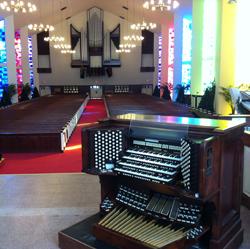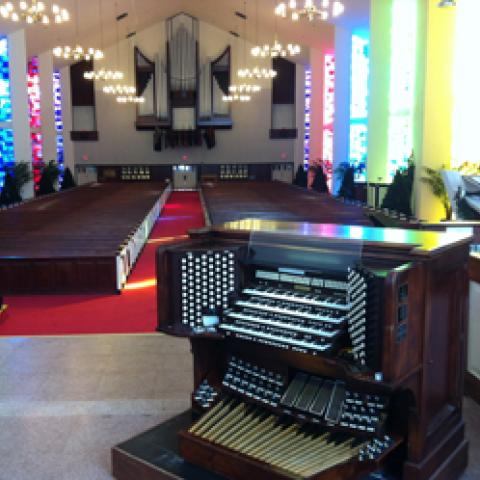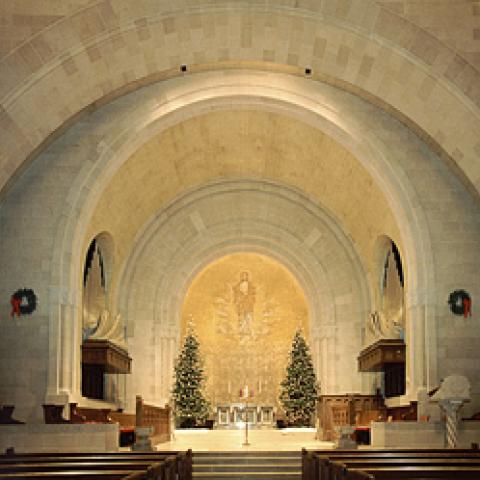
The Pink Church (First Presbyterian Church), Pompano Beach, Florida, presents concerts:
March 8, Mark Jones with Brian Garcia, trumpet;
3/15, Mark Jones with Felicia Besan, viola;
3/22, Mark Jones with Jim and Beverly Barfield;
3/29, Mark Jones with Alla Sorokoletova, flute;
April 5, Cecily DeMarco;
4/9, Mark Jones with choir and orchestra;
May 7, Mark Jones with Lynn Conservatory Brass Department.
For information: www.thepinkchurch.org.





